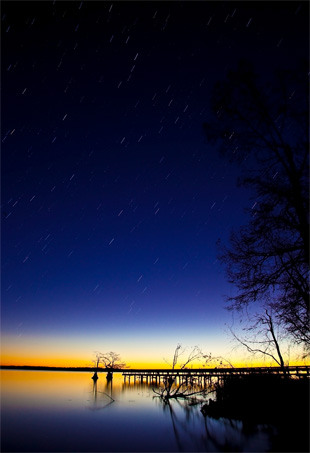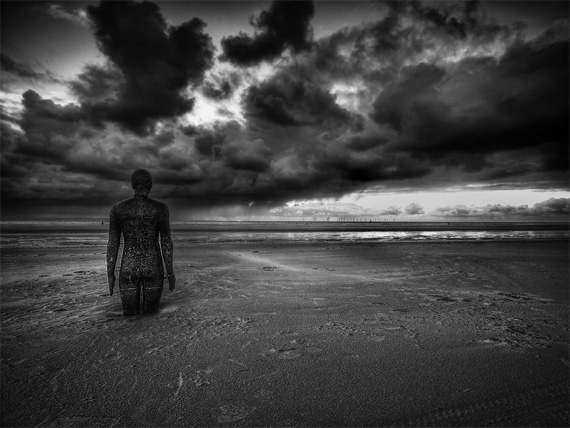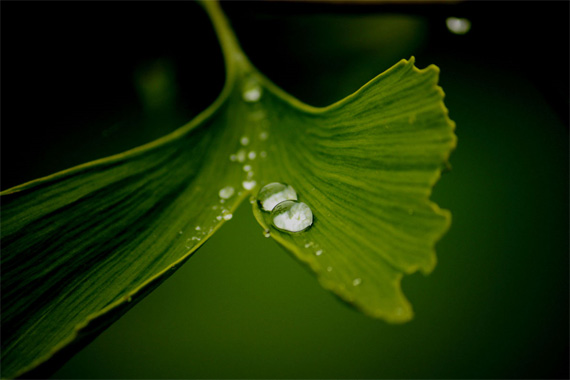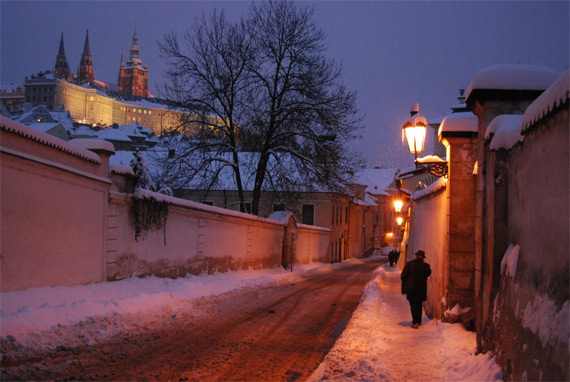Photography can be a fun and exciting activity for all who have a passionate interest in learning some of the fundamentals of the use of their camera. I have done photography from the time I was perhaps five or six years old watching my father shoot then do his own black and white darkroom work in which I participated in, on a regular basis. I am a Photographer and Illustrator and have a keen interest in the medium from both a business and a teaching standpoint.

Photo captured by Scott Milner
Now lets get down to the business of this article: First I’d like to discuss the use of the camera and its various controls. I am going to focus on the single lens reflex style of digital camera. In the old days before many digital cameras were around, many film cameras had a dial or turn knob usually on the top right hand side of the camera when viewing from the back of the camera to set both the (ISO ) and the shutter speed.
(I.S.O.) is the abbreviation for the International standardization organization, a governing body based in Europe that provides the standards for a wide variety of subjects.also known as the film or digital cameras sensitivity speed, (The old name for ISO was ASA (The American Standard Association).
The ISO controls the sensitivity of the digital camera to light. A low ISO generally 100 can be used for shooting when there are good lighting conditions in a variety of lighting situations such as outdoors or indoors providing that there is enough light to get a good shutter speed and aperture (f-stop) combination. A low ISO generally will produce a clean image without digital noise ( digital noise is a dotty appearance in your image which can look like grainy colored dots that will reduce the appearance of detail or sharpness in your image, this can be even more apparent when you enlarge your images to larger sizes: 8.5×11.0, 11×14 and up. (In the film days this would have been called grain instead of digital noise.)
When you are shooting pictures in darker lighting conditions generally you must increase the ISO and make the camera have a greater sensitivity to light when shooting in situations such as a cloudy, dark overcast day or indoors under lower lighting situations. In this case you can increase the ISO perhaps to 400 or higher. Just remember that as you increase the ISO higher you may increase the digital noise giving your images a dotty or grainy colored look in color digital photography.
Generally on many digital cameras such as Canon cameras there will be a button labeled ISO either on the top or the back of the camera and a thumb wheel close to the shutter release on the camera. If you push the ISO button and hold it in then toggle the thumb wheel back and forth, you will see on the digital display either on the top of the camera or on the back LCD display the various ISO’s that you can make changes to! (See your owners manual for your particular camera)

“Impending Storm” captured by ian newton
Shutter Speed: is the duration of time that your cameras shutter remains open: This can be either a fast shutter speed or a long shutter speed. Shutter speeds go from very fast speeds such as 1/8000 all the way down to 30 seconds on many digital cameras of today. 30 seconds being of a longer duration. On a Canon Camera the dial for shutter speeds is designated as Tv ( Meaning time Value) After you set this to Tv you can toggle your shutter speeds up or down with the thumb wheel that is generally located behind your shutter release button on your camera. As you toggle the thumb wheel back and forth notice the different speeds: 1/8000,1/6400, 1/5000,1/4000, 1/3200,1/2500,1/2000,1/1600.1/1250,1/1000,1/800.1/640,1/500,1/400,1/320, 1/250,1/200,1/160,1/125,1/100,1/80,1/60,1/50,1/40,1/30,1/25,1/20,1/15,1/13,1/10,1/8,1/6,1/5,1/4, of a second and lower. (The large numbers such as 1/8000 to 1/2000 of a second are very fast shutter speeds used for stopping extremely fast action such as a race car speeding by, a spaceship taking off or something that happens quick.
Long shutter speeds are used to capture images in lower light when you don’t have to stop as much action: Some examples are: shutter speeds from 1/4th of a second up to 1/30th of a second. Often we start with these speeds when we are shooting an image in lower light situations because the cameras shutter is open for a longer period of time. When shooting at these shutter speeds you need to hold your camera steady and put your elbows against your chest, take a deep breath in and hold it then push the shutter release in or put the camera on a tripod to steady it. ( Don’t forget to breathe regular again). Here are some scenarios that may help you: 1/60th of a second is a good starting point to stop action in; a person walking in a relatively slow walk can be successfully photographed clearly at that speed. So lets say from 1/60th of a second and higher ( 1/60th, 1/80th, 1/100th and up in shutter speed )
Aperture: ( Also known as lens opening ) Imagine holes or openings that go from large ( bigger to smaller):
F 1.4, F 2, F 2.8, F 4, F 5.6, F 8, F 11, F16, F 22, F32, These openings control the amount of light that reaches the sensor in the digital camera much in the same way that shutter speeds do but the iris or lens opening stays at a constant depending on the speed you set it for during the shot. Along with the various lens openings we have another thing to think about, Depth of Field. Depth of field governs what parts of our image are sharp and what parts of the image are out of focus. If you select a lens opening (aperture) also known as an F-Stop anywhere from F32 which is a small opening or wider up to f11 you will have a lone depth of focus. Imagine your looking over a table near the long end and have set up several cereal boxes standing up from one end of the table to the other or dominos standing up like soldiers one in front of the other. With one of the lens opening as we just suggested, if you focus your camera lens at the first box or domino you will generally have sharp focus from the front to the back cereal box or domino in the image.
If you were to take a picture at a larger lens opening or aperture such as f 1.4, f2, f2.8, f4 you will most likely achieve a shallow depth of focus where if you focus on the front cereal box or domino then the cereal boxes or dominoes closer to you will be in focus and the cereal boxes or dominoes going further would appear out of focus. The larger aperture’s are used in photography to get softer images in photographs such as portraits and wedding pictures as well as in images of children. Have you ever noticed how when you watch a movie or TV show, how depth of field is masterfully controlled by the camera men or camera women by using a larger (bigger, wider lens opening) this allows the characters in the scene to have most of the attention drawn to them and blurring out the background which can distract you from whats going on.

“Natures Tears” captured by Gary C
On a Canon digital camera the way to set an aperture is to turn the upper dial usually to the Av mode, this will let you set the aperture first instead of the shutter speed.
About Measuring Light in a Scene: All cameras with a light meter to measure light are usually calibrated to see a tonal value of 18% middle gray! No matter what you aim the camera at it wants to get an exposure value of 18% middle gray. Tonal values are shades that go from very light to very dark imagine a gray scale and middle gray is a tone that is in the middle area which is not light and not dark but in between.
There are various ways to get a good exposure in photography, aside from putting the camera in the P or program mode where everything is set for you. This mode will work well in many situations but not all. Don’t get into using the built in flash, a flash flattens form in the image and generally is only effective up to about 10 feet or so. Learn how your camera measures light and in what areas. (read your cameras manual) Generally the center area in the middle when you look through the finder is where you want to aim the camera to take a meter reading. If you are shooting a portrait of a person, try to aim the camera up close to the subjects skin, press your shutter button in half way, then move to the position that you’d like to take the picture from. Some cameras have an exposure lock button that you can push to remember the camera settings.
When you look through the viewfinder usually at the bottom of the image area you will see a series of numbers usually going from a -3 to a plus +3. Directly in the middle between the -3 and + 3 is your normal exposure starting point. Push your shutter button half way while adjusting the thumb wheel, turn it back and forth until you see a indicator line up in between or in the middle. Take your picture view it in the play mode, determine if the shot looks too dark or too light. If its too light toggle the thumb wheel letting the indicator in the finder lean more toward the – area! If the image is too dark toggle the thumb wheel so that the indicator in the finder lines up more toward the + direction. Always study the results and ask yourself questions.

“Around the castle” captured by Zuzana
Tv Mode: You set the shutter speed and the camera will set the aperture (f-stop) Use this when you want to control the action stopping ability of your camera. Remember someone walking slowly, use 1/60th of a second and up. If shooting a car going by fast use 1/200th of a second and up, if you were shooting in low light situations use a longer shutter speed such as 1/30th of a second and longer but be steady when you hand hold or use a tripod.
Av Mode: In this case you want to think about the range of focus, You set the lens opening (aperture) and the camera will set the shutter sped. Use a lens opening that is big like an f 1.4, f 2, f 2.8, f 4 to get a shallow depth of focus, good for portraits or when shooting those cereal boxes where objects in the front of the image are sharp but are out of focus as you go back further in the distance. Use a smaller lens opening when you want sharpness from front to back.
M: In the Manual mode you set both the shutter speed and the aperture (f stop lens opening yourself)
About the Author
Daniel Johnson writes for (imagemanphotography.com). He specializes in portraits, special occasions, weddings and more.
Go to full article: How to Take Better Pictures for Beginner Photographers
What are your thoughts on this article? Join the discussion on Facebook
Article from: PictureCorrect